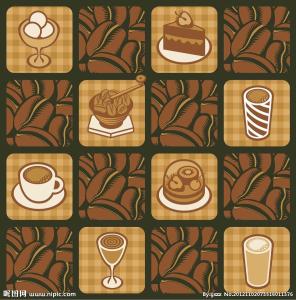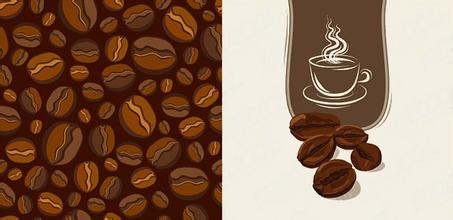Spaghetti coffee foam skills-manual foam skills video
Spaghetti coffee foam skills-manual foam skills video
Too hard: the hard foam looks stiff, and it doesn't mix with the coffee when you pour it into the coffee, but accumulates on top of your coffee like fluffy beaten cream. If you play a little longer, it will be layered, 90% of which is flowing milk, and a thick hard foam lid floating on it. When you pour it into the coffee, the milk will flow out of the flower cup first. You must scoop the foam into the coffee cup with a spoon.
Smooth: if you do everything right, when you pour out the foam, the milk looks smooth and creamy, a bit like pouring yogurt. The milk and your espresso will mix perfectly, and the crema will color the surface of the milk to form a typical brown edge of the cappuccino.
Milk that has been beaten again often makes hard foam. The trick is to make the right quantity and quality of milk foam in the flower cup at the right temperature. To foam well, you need to know how fast your machine heats up the amount of milk you want.
A good piece of advice is not to take less than two cups of cappuccino at a time when you start learning to make milk foam.
About the steam in the coffee machine:
1. After the machine reaches the correct temperature, turn on the steam switch, release the water that always exists in the steam pipe, and then turn off the steam switch.
two。 Put the nozzle below the surface of the milk and turn on the steam. If you turn on the steam when the nozzle is above the liquid level, you will get larger bubbles, and it will take a lot of effort to get rid of these bubbles.
3. Slowly take the nozzle to the surface of the milk. Stop (stop just as it breaks the surface) just as the nozzle is about to come off the surface. Now that the air is sucked into the milk, you will hear a typical hiss. If you accidentally take the nozzle out of the water, the pressurized air will blow on top of the milk instead of into the milk, resulting in large bubbles.

Important Notice :
前街咖啡 FrontStreet Coffee has moved to new addredd:
FrontStreet Coffee Address: 315,Donghua East Road,GuangZhou
Tel:020 38364473
- Prev

How to make espresso and when to put sugar-the method of brewing coffee powder
Cube sugar, also known as semi-cube sugar, generally refers to white sugar, which is processed by refined sugar. it is characterized by pure quality, white and glossy, complete edges and corners, proper firmness, not easy to break, but dissolves quickly in water, and the solution is clear and transparent. Some people say that there is no sugar in good coffee or people who can drink coffee do not use sugar. In fact, tasting coffee without sugar or milk is the way to know the taste of coffee.
- Next

How long does it take for coffee trees to produce coffee bean fruit?
How long does it take for coffee trees to grow coffee beans and flowers, then wither after two or three days of blooming, and begin to bear fruit a few months later. The fruit is a drupe with a diameter of about 1.5cm. It turns green at first, then turns yellow gradually, and turns red when ripe. It is very similar to cherries, so it is called cherry coffee (Coffee Cherry). It can be harvested at this time. Coffee tree, coffee tree, mature coffee.
Related
- What brand of black coffee is the most authentic and delicious? what are the characteristics of the flavor of the authentic Rose Summer Black Coffee?
- Introduction to the principle and characteristics of the correct use of mocha pot A detailed course of mocha pot brewing coffee is described in five steps.
- Which is better, decaf or regular coffee? how is decaf made?
- How much is a bag of four cat coffee?
- How about four Cat Coffee or Nestle Coffee? why is it a cheap scam?
- Which is better, Yunnan four Cats Coffee or Nestle Coffee? How about cat coffee? is it a fake scam? why is it so cheap?
- How about Cat Coffee? what grade is a hoax? which instant coffee tastes better, four Cat Coffee, Nestle Coffee or G7 coffee?
- Process flow chart of coffee making-Starbucks coffee making process what coffee tastes good at Starbucks
- The top ten best coffee beans in the world Rose summer coffee or Tanzanian coffee tastes good
- Yunnan four cat coffee is good to drink?_four cat coffee is a big brand? four cat blue mountain coffee is fake?

